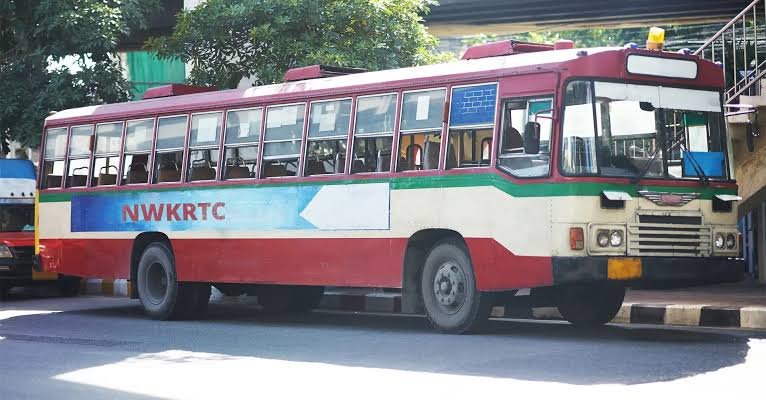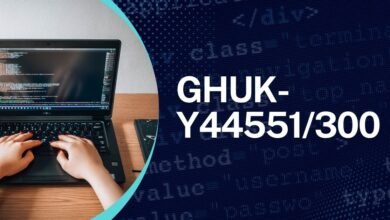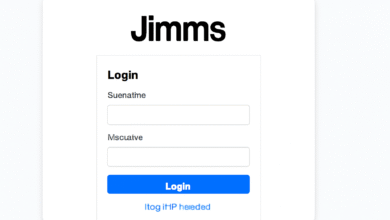A Comprehensive Guide to the NWKRTC Leave Management System

The NWKRTC Leave Management System is an innovative solution designed to streamline employee leave administration for the North Western Karnataka Road Transport Corporation (NWKRTC). As a government-run transport authority, managing thousands of employees across multiple divisions can be complex. However, with digital transformation initiatives, this system has become an integral part of human resource operations, improving efficiency, transparency, and employee satisfaction.
What is the NWKRTC Leave Management System?
At its core, the NWKRTC Leave Management System is a digital platform that automates leave applications, approvals, and tracking processes. It enables employees to request various types of leave—such as casual, medical, earned, or compensatory—while allowing managers to review and act on these requests in real time. Unlike traditional paperwork, this system eliminates delays and minimizes administrative overhead.
Moreover, the platform ensures data integrity and compliance with internal policies. With built-in validations and audit logs, misuse or discrepancies are significantly reduced.
Key Features of the System
A number of critical features contribute to the growing adoption of this system across departments:
- User-Friendly Interface: Employees can log in securely and navigate leave options with ease.
- Real-Time Tracking: Leaves taken, pending, or approved are visible in real time.
- Managerial Dashboard: Supervisors have access to attendance reports and team availability.
- Policy Enforcement: Leave types and entitlements are governed automatically by the system’s configuration.
- Notification System: Alerts and status updates are sent via SMS or email.
Thanks to these functionalities, routine HR tasks are not only automated but also standardized, ensuring consistency across branches.
Benefits for Employees and HR Teams
One of the system’s most valuable advantages lies in how it empowers both employees and administrators. Transparency in leave balances and approvals fosters trust. In addition, since the process has been digitized, manual errors are less likely to occur.
For HR professionals, processing leave applications no longer requires excessive paperwork or prolonged follow-ups. Instead, the software generates reports that can be used for performance appraisals, payroll integration, and workforce planning.
Furthermore, absenteeism trends can now be identified early, helping supervisors make informed decisions. Clearly, better data means better control.
How the System Works
The operation of the NWKRTC Leave Management System follows a simple, structured workflow:
- Login: Each employee logs in using unique credentials.
- Leave Application: The type, duration, and reason for leave are submitted through an online form.
- Review Process: The designated reporting officer receives a notification and reviews the request.
- Approval/Rejection: Based on eligibility and department needs, the leave is either approved or declined.
- Update & Sync: Once processed, the system updates records and notifies relevant stakeholders.
Although technical in design, the interface is built for ease of use, reducing the learning curve for new users.
Challenges Addressed by the System
Before implementation, leave records were typically handled manually, leading to inefficiencies such as:
- Delayed approvals due to physical file transfers
- Difficulty in tracking overlapping leaves
- Limited transparency regarding employee leave balances
- Inconsistencies in policy enforcement across regions
By shifting to a digital model, NWKRTC has resolved many of these problems. For instance, leave data is now accessible from any authorized terminal, promoting better communication and planning.
Integration with Other Systems
Importantly, the leave management system does not operate in isolation. It can be integrated with:
- Payroll Systems to reflect unpaid or earned leaves accurately
- Attendance Management Tools for accurate time tracking
- Compliance Audits for record-keeping and reviews
Such integration ensures that operational workflows remain seamless and compliant with labor laws and organizational norms.
Conclusion
In today’s fast-paced, digitally connected environment, outdated leave tracking methods no longer suffice. The NWKRTC Leave Management System has proven to be a transformative tool in managing human resources effectively and fairly. With features that support automation, transparency, and efficiency, NWKRTC has taken a significant step toward modernized workforce administration.
Organizations seeking to reduce administrative burden and improve employee relations can look to NWKRTC’s model as a benchmark in public sector HR transformation.




